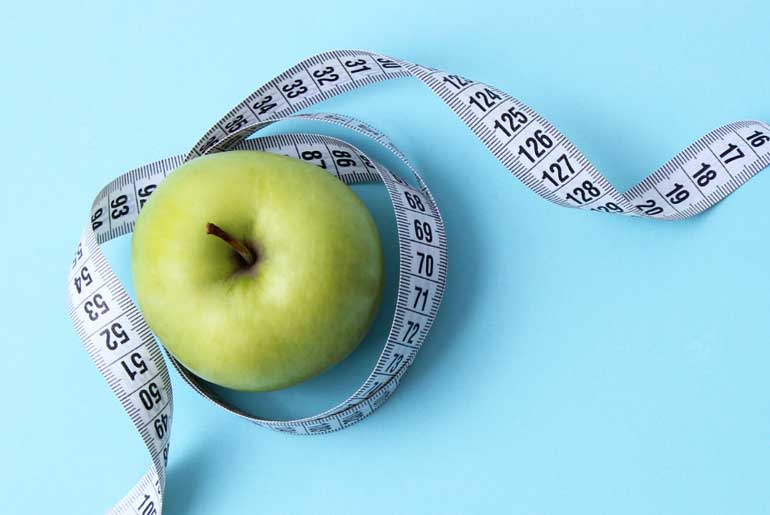Staying consistent and making small adjustments are indeed crucial for achieving fitness goals. Even a moderate reduction of 4-6 percent body fat can significantly benefit one’s health. Fat loss is achievable by following the right protocols and maintaining a calorie deficit while engaging in heavy lifting exercises like squats and deadlifts. Interestingly, he underscores the effectiveness of walking, suggesting that accumulating 12-15K steps daily at a leisurely pace can be just as impactful as intense workouts. This underscores the importance of finding sustainable approaches tailored to individual lifestyles for successful fat loss.
Body fat, or adipose tissue, serves multiple crucial functions in the body. It acts as a form of connective tissue that stores energy in the form of fat while also providing insulation and cushioning for organs. Additionally, body fat plays a role in hormone regulation, impacting various physiological processes. While a certain amount of body fat is essential for overall health, excess body fat can lead to serious health complications such as cardiovascular disease, diabetes, and hypertension. Therefore, maintaining a healthy balance of body fat is important for overall well-being and disease prevention.
Losing 6% body fat in a month is an ambitious goal that requires dedication, consistency, and a healthy approach. Here are key measures you can take to work towards this goal:
- Set Realistic Goals: While it’s admirable to aim for significant fat loss, it’s essential to set realistic and achievable goals. Losing 1-2% of body fat per month is generally considered a safe and sustainable rate.
- Calorie Deficit: To lose body fat, you need to create a calorie deficit, which means consuming fewer calories than your body burns. Aim for a moderate calorie deficit of 500-750 calories per day, which can lead to a loss of about 1-1.5 pounds of body fat per week.
- Balanced Diet: Focus on eating a balanced diet that includes a variety of nutrient-dense foods such as lean proteins, fruits, vegetables, whole grains, and healthy fats. Limit processed foods, sugary snacks, and excessive calorie-dense foods.
Portion Control: Be mindful of portion sizes to avoid overeating. Use tools like measuring cups, food scales, or visual cues to help you control portion sizes and prevent consuming excess calories.
Regular Exercise: Incorporate a combination of cardiovascular exercise and strength training into your routine. Cardiovascular exercises like running, cycling, or swimming help burn calories, while strength training builds muscle mass and boosts metabolism.
High-Intensity Interval Training (HIIT): HIIT workouts are effective for burning calories and increasing metabolic rate both during and after exercise. Include HIIT sessions in your workout regimen to maximize fat loss.
Stay Hydrated: Drink plenty of water throughout the day to stay hydrated and support your body’s metabolic processes. Avoid sugary beverages and excessive alcohol consumption, as they can add extra calories and hinder fat loss efforts.
Adequate Sleep: Prioritize getting enough sleep each night, as insufficient sleep can disrupt hormonal balance and metabolism, making it harder to lose fat. Aim for 7-9 hours of quality sleep per night.
Manage Stress: Chronic stress can negatively impact fat loss efforts by increasing cortisol levels, which can promote fat storage, particularly in the abdominal area. Practice stress-reducing techniques such as meditation, deep breathing exercises, or engaging in hobbies you enjoy.
Track Progress: Keep track of your progress by monitoring changes in body measurements, weight, and body fat percentage. Adjust your diet and exercise routine as needed based on your results and feedback from your body.
Remember that sustainable fat loss takes time and patience. Focus on making gradual lifestyle changes that you can maintain in the long term rather than resorting to extreme measures for rapid results. Consult with a healthcare professional or a certified fitness trainer before starting any new diet or exercise program, especially if you have any underlying health conditions.
Disclaimer:
The information contained in this article is for educational and informational purposes only and is not intended as a health advice. We would ask you to consult a qualified professional or medical expert to gain additional knowledge before you choose to consume any product or perform any exercise.







